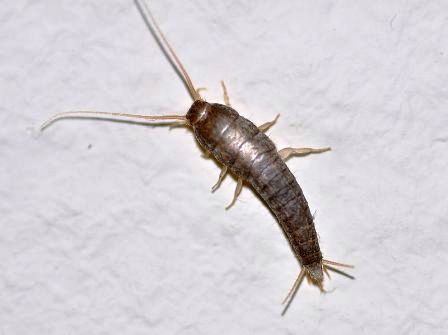- Series:Animals, Fossils, Transcript English
Genesis 1:24
“And God said, Let the earth bring forth the living creature after his kind, cattle, and creeping thing, and beast of the earth after his kind: and it was so.”
Did you know that the phrase “according to its kind” appears 10 times in the first chapter of Genesis? Not only is the fact that plants and animals reproduce according to their kind an important principle in the Bible, it is central to modern agriculture and husbandry. What’s more, there is no evidence in the fossil record that any creature ever existed that was in the process of changing from one kind into another. While many 
This fact was highlighted for us again when scientists announced the discovery of a fossil bug which they said was 15 million years older than any insect ever found before. Of course, we know that those are highly inflated evolutionary years. But the discovery of the insect will lead evolutionists to revise their story of how insects evolved. And they are not just going to have to allow that bugs have been around for more of the earth’s history than they thought. The scientists also noted that the insect they found was remarkably like modern-day silverfish. In other words, insects were well-established long before evolutionists ever thought they had evolved!
This is just one more example of a scientific discovery clearly showing that every living thing reproduces after its own kind. Furthermore, those kinds have been the same since the beginning.
Prayer:
Heavenly Father, I thank You that You have given us Your sure Word, especially that I might know the truth of Jesus Christ which leads to salvation. In His Name. Amen.
Notes:
Photo: Silverfish. Interestingly, the photo is labeled “Late Carboniferous to Recent” at Wikipedia, admitting that the silverfish has remained the same over “millions of years.” Licensed under the Creative Commons Attribution-Share Alike 3.0 Unported, 2.5 Generic license.
